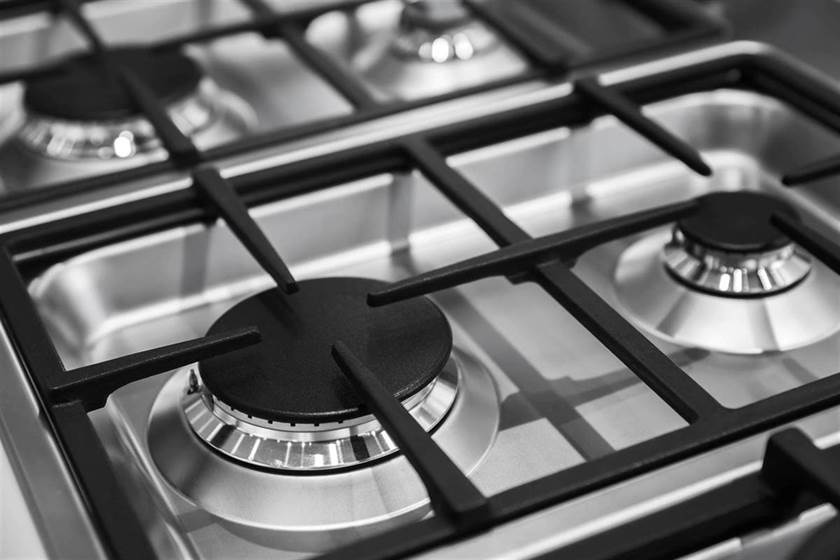A little twist on the gas dial and you have the heat under control. It’s this responsiveness that makes gas stoves overwhelmingly preferred by aspirational foodies and professional chefs alike. But even more, gas stovetops offer a variety of designs to choose from including stainless steel, enamel, and glass. Compared to their electric counterparts, gas stoves are typically more expensive (quality always comes at a price). Maintaining your stove top is, however, crucial if you want it to serve you for years to come.
Vinegar is a readily available option you can use for day-to-day maintenance such as cleaning light grease stains. Its acidic nature is what makes vinegar such a great cleaning agent. Vinegar can counteract some icky buildups, dissolve away soap scums and glue left by stickers. The first step to cleaning your stove top using vinegar should be to spray the top then allow it to sit for 10-15 minutes. Using a clean cloth, wipe down. It’s that simple really. Remember, you’re doing all this when your stove is off not on.
Because of its astounding versatility, and it’s multi-purpose nature, baking soda is popularly referred to as the ″everyday miracle.″ This product is a safe and effective cleaner for chrome, glass, enamel, and plastic. Unlike many other household cleaners, baking soda is a pure and natural product making it ideal for cleaning food preparation surfaces. Additionally, it’s safe to use around pets and children, and that’s why most people prefer to use it as a cleaning agent. People commonly use baking soda to clean the gas stove, tiles, microwaves, and plastic containers. The first step when cleaning the stove is to wipe off the initial film of grease using a cloth dipped in dishwashing detergent. Then add a few spoonfuls of water in the baking powder to till it forms a thick paste. Afterwards, coat each burner with this paste and leave it for 20 minutes. Finally, use a sponge to wipe the burner to restore its shine.
Since grates are often made from heavy cast iron, when food bubbles over, it bakes and sticks onto the grates forming a more stubborn residue that won’t lift off when using vinegar or baking soda. Scrubbing the grates will scratch the pan so instead, use ammonia. Simply put some ammonia in a plastic bag then put the grate in there and allow it to sit overnight. In the morning, the black gunk will rinse off so easily. As a safety measure, you may want to leave the bag outside to avoid inhaling the harsh fumes from ammonia. Also, take care not to splash the chemical into your eyes. You could also wear gloves to protect your skin. A final note on this: never make the mistake of mixing ammonia with any bleach-based product — doing so will create a lethal toxic vapor.
When fuel ports become clogged, the automatic igniters lose their spark. If you notice your burners flame is orange or yellow instead of the normal blue, it’s an indication of poor combustion and a sign you should call a Winnipeg stove repair professional for routine maintenance.

